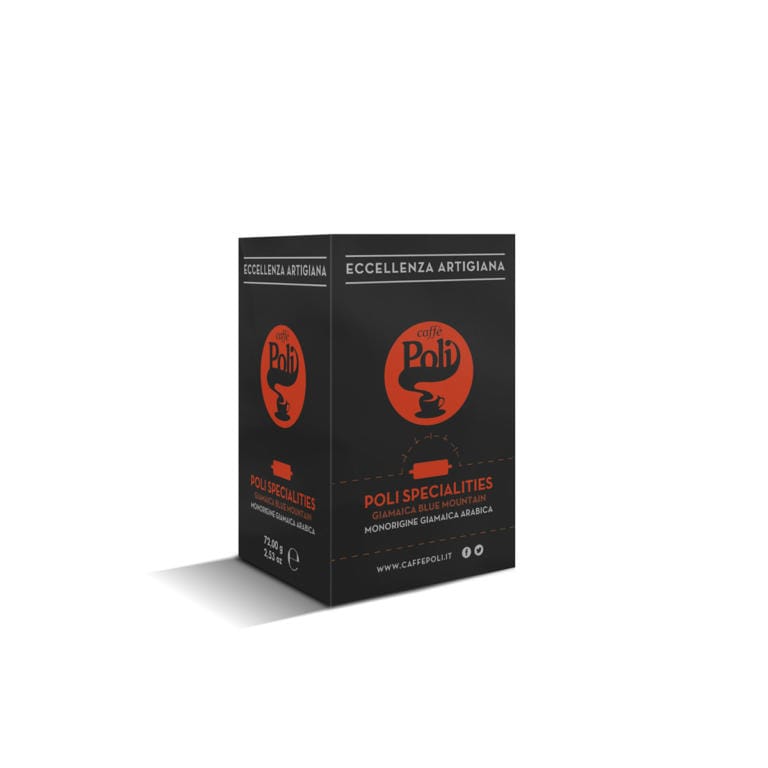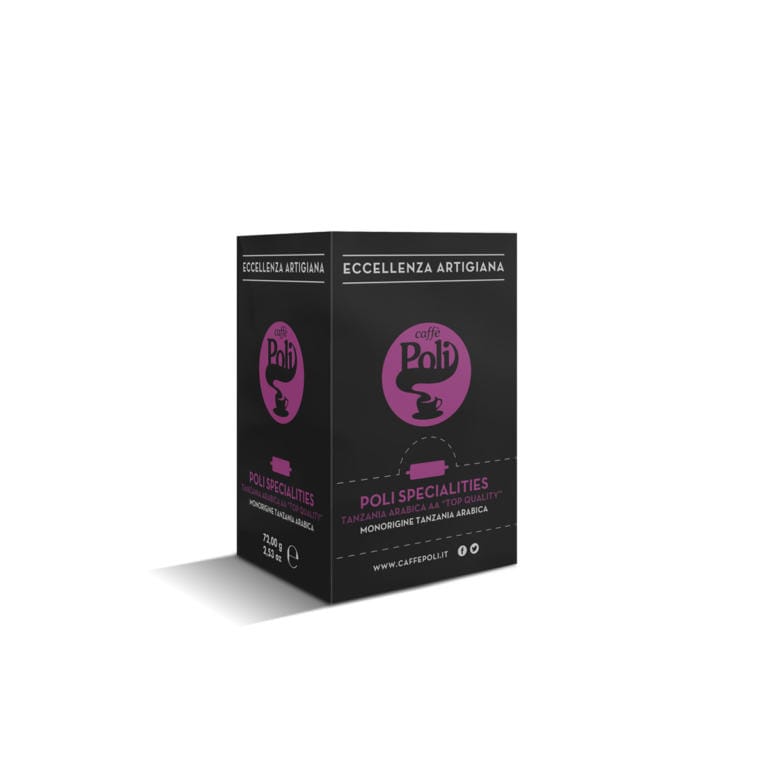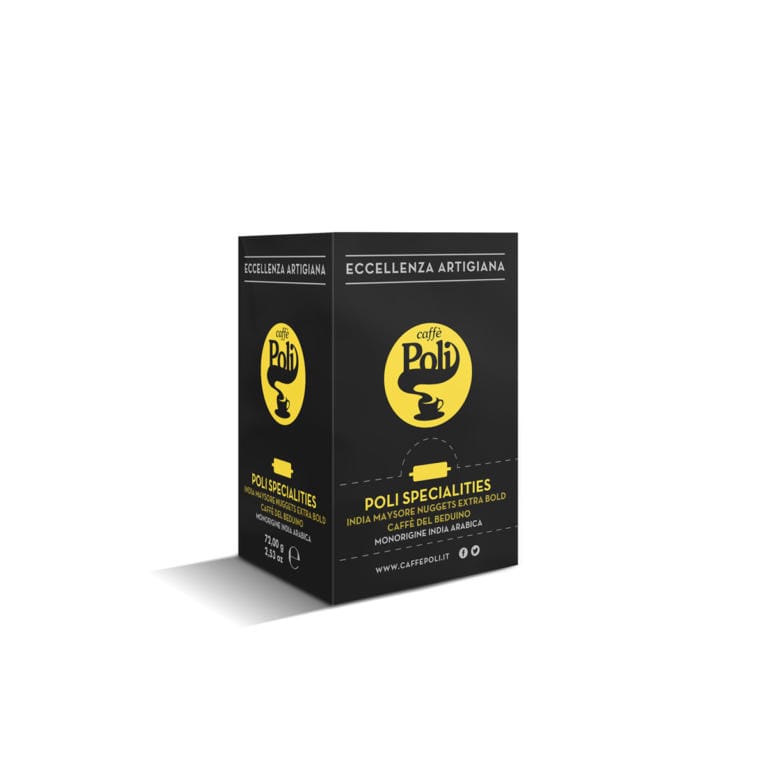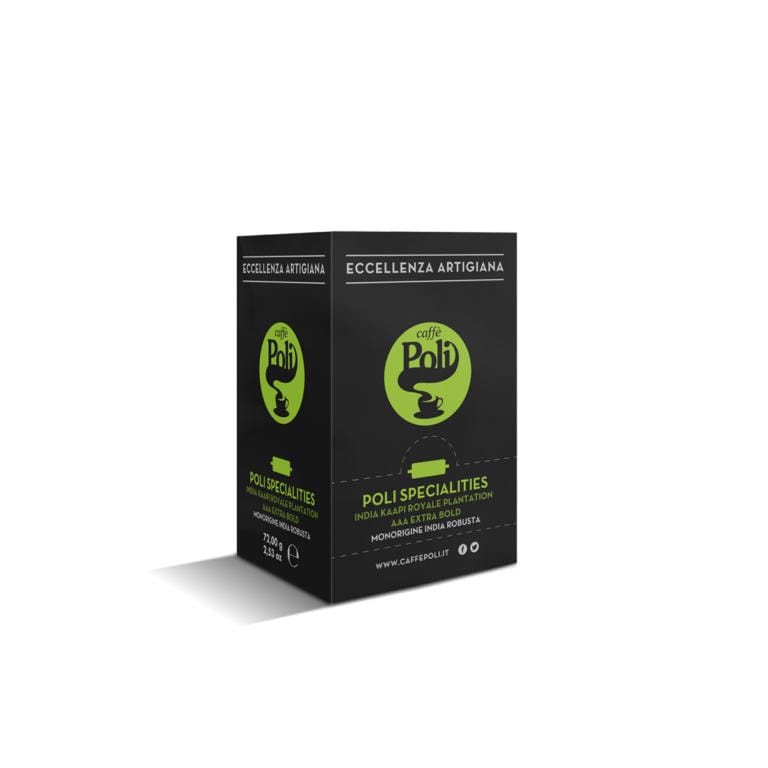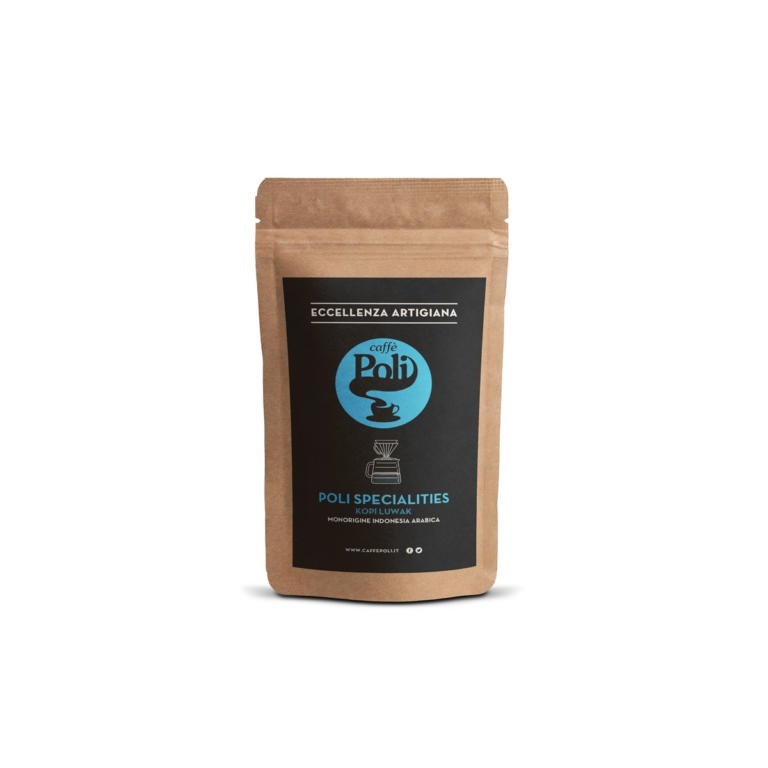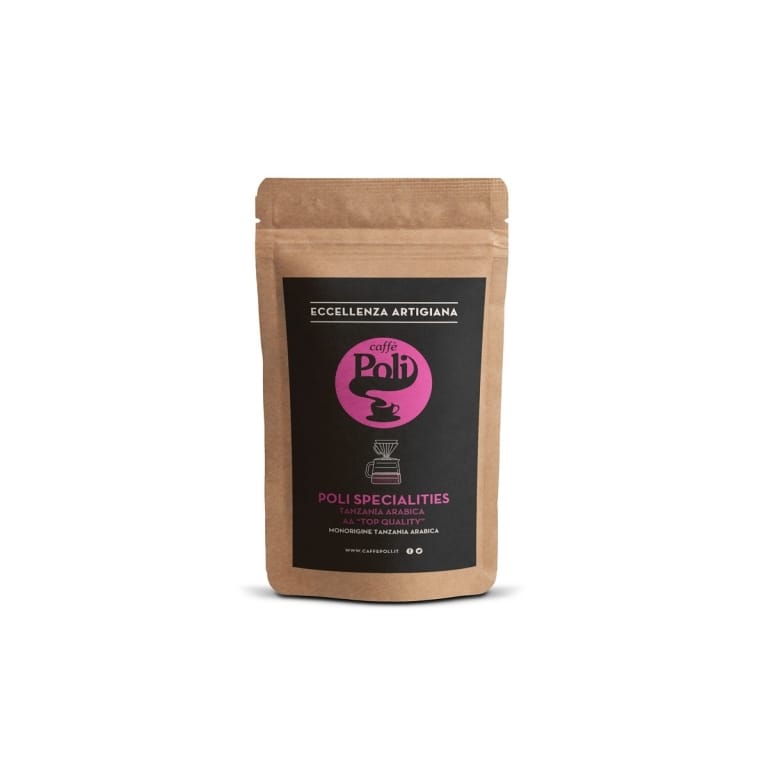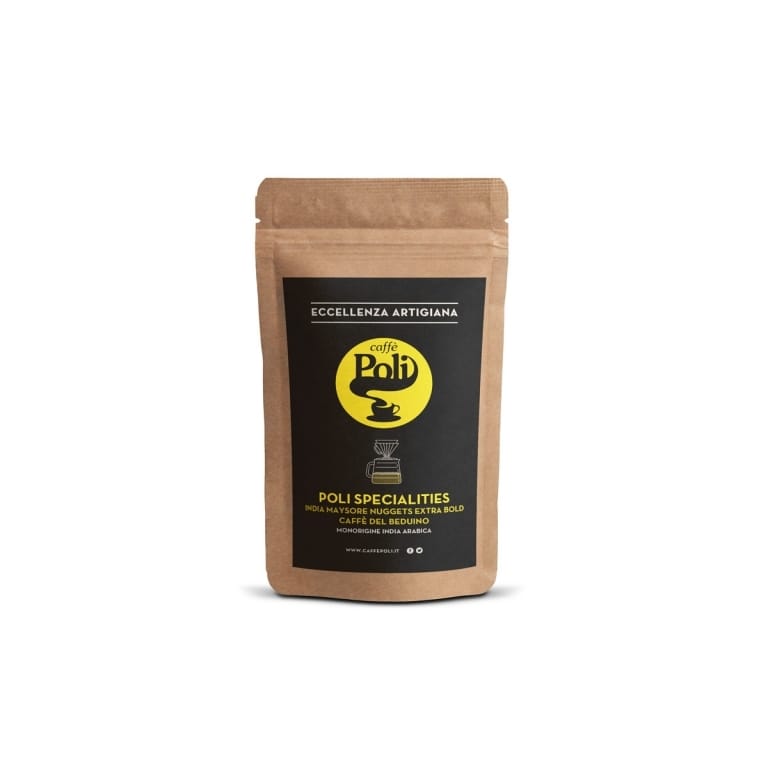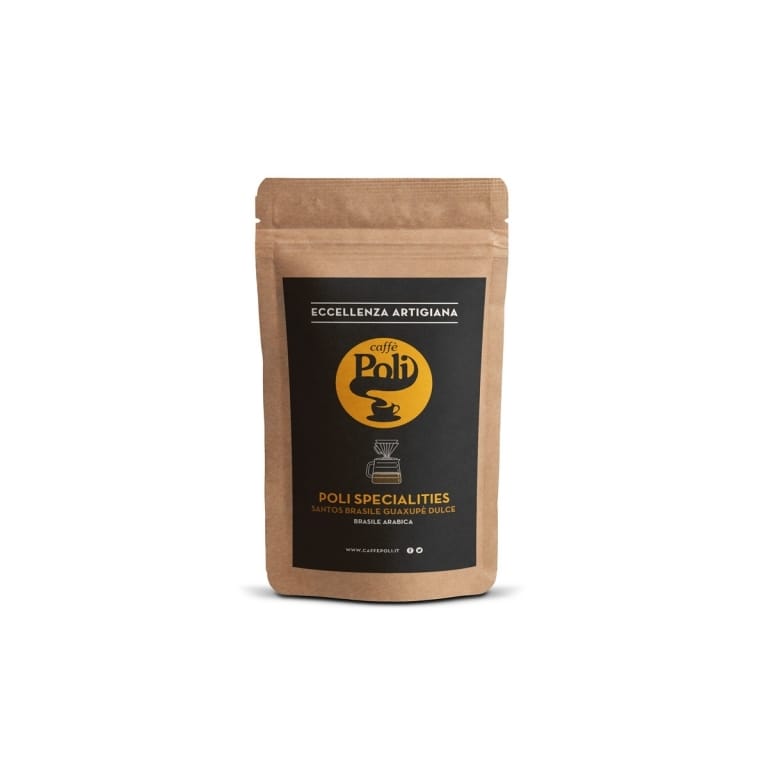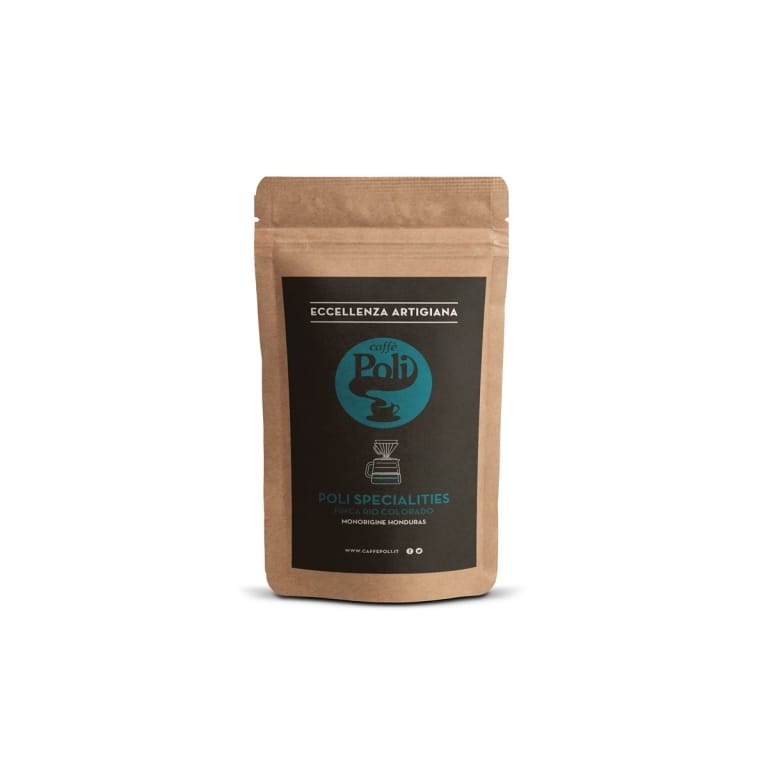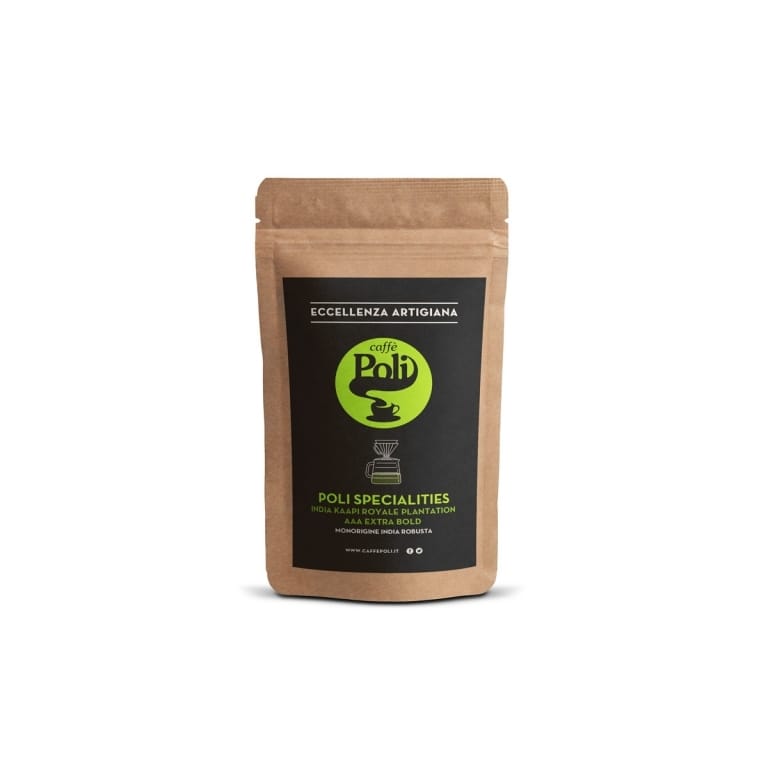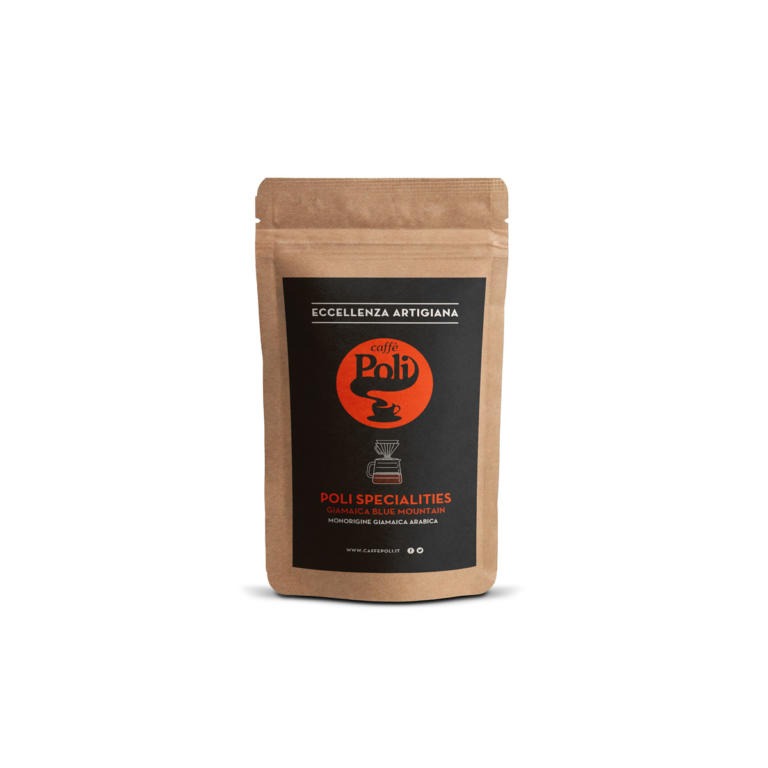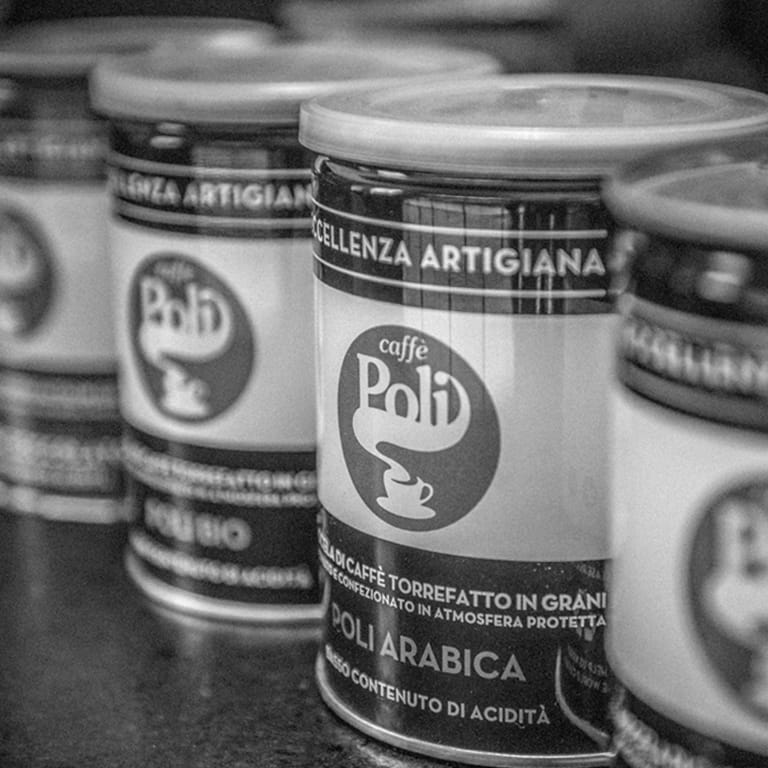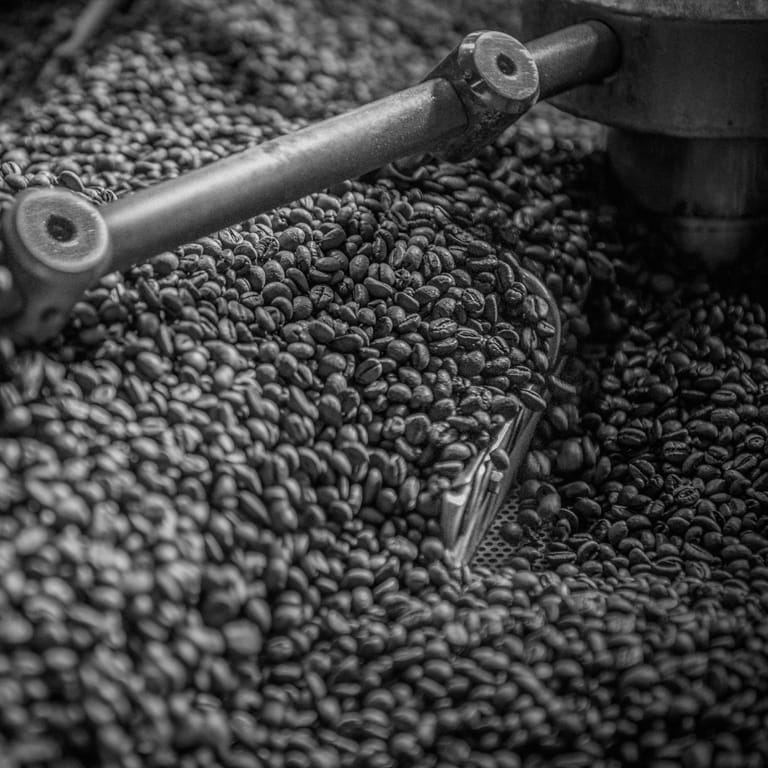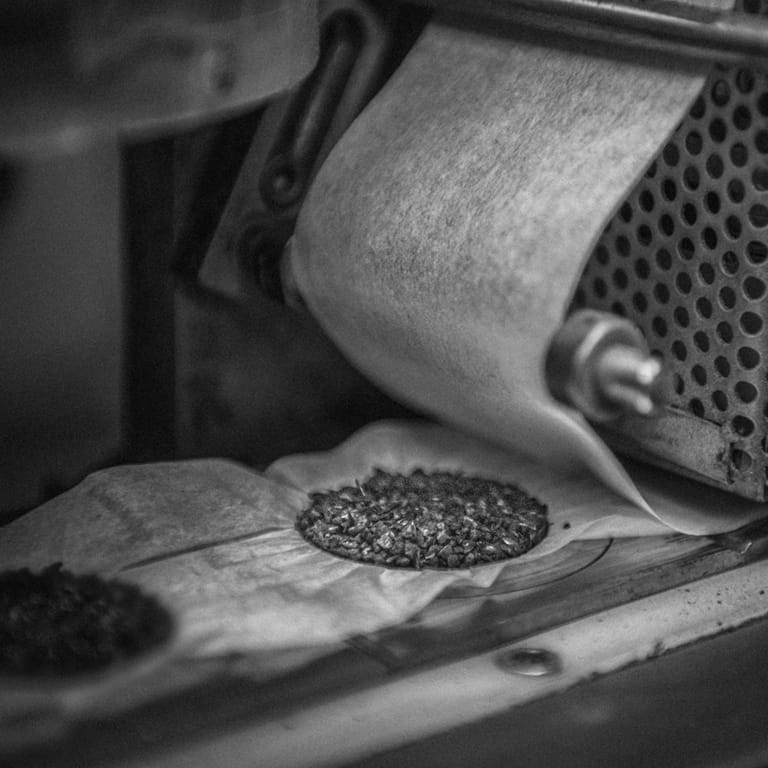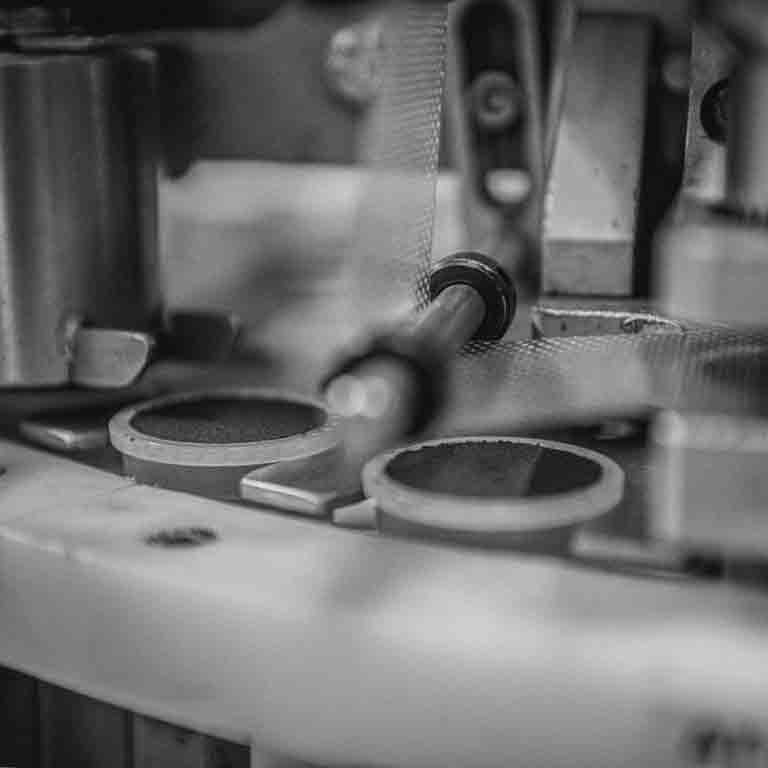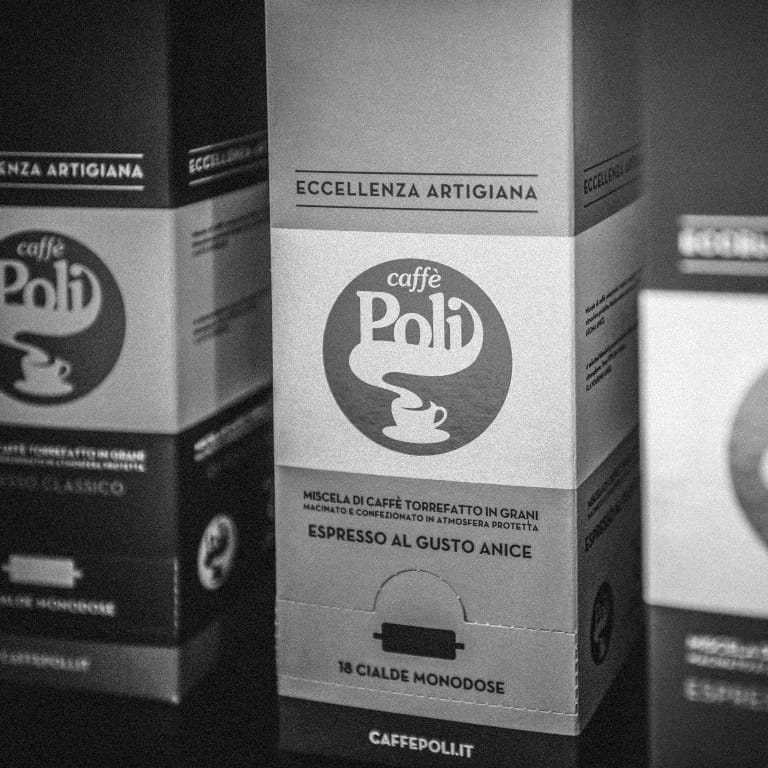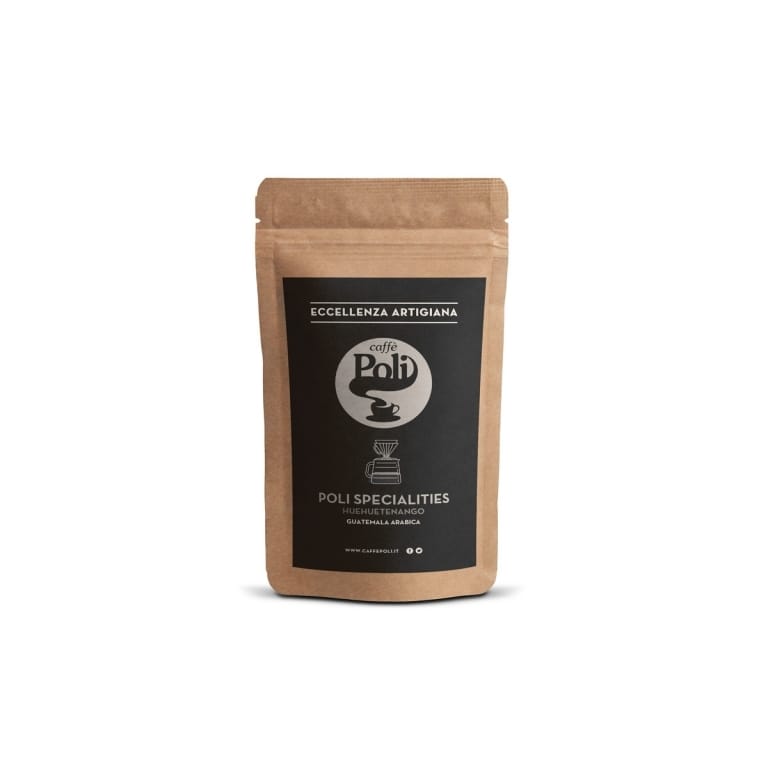
Poli Specialities
Huehuetenango Guatemala Arabica
Packed in 100% recyclable cardboard bags, with a seal to preserve freshness, Huehuetenango Guatemala Arabica is a coffee produced with a unique origin from the Huehuetenango region of Guatemala, and belongs to the Arabica coffee variety. It has a characteristic fruity and fragrant taste and presents a compact hazelnut velvet crema in the cup. The taste is sweet, rich in fragrant and cocoa notes, and leaves an intense aftertaste of floral and citrus notes, with a moderate and very pleasant acidity.
Sensory analysis: Milk chocolate, Orange, Fruity and Maple
Variety: Arabica
Altitude: 1300-1900 m
Region: Cuchumatanes, Guatemala
Harvest: Hand-picked
Processing: Washed
Do you want more information?
Fill out the form and we will contact you in a very short time
